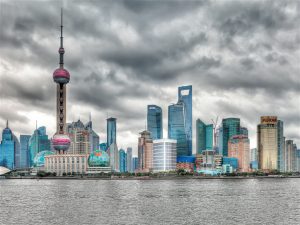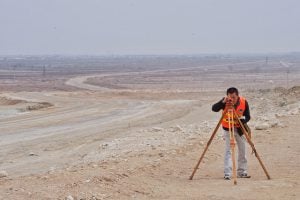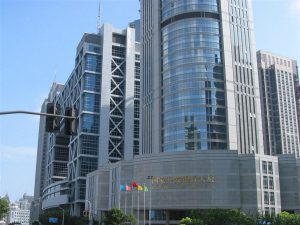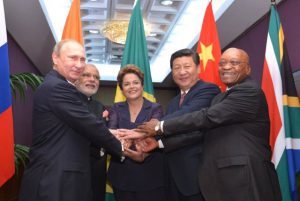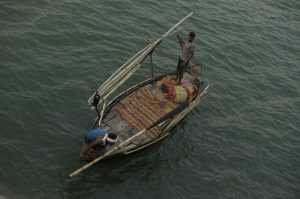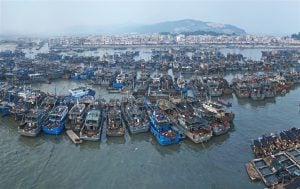Another of the international multilateral development banks that will funnel Chinese-led spending on new infrastructure around the globe is under fire for a lack of clarity on the environmental standards applied to future investments.
Non-governmental organisations (NGOs) and other groups that monitor the New Development Bank, which is mainly financed by the BRICS group of emerging economies – Brazil, Russia, India, China and South Africa, say the institution has failed to clarify how it will incentivise greener forms of energy and development.
This contrasts with recent improvements in disclosure from other multilateral institutions such as the World Bank (although it too has its critics).
See also: Is the BRICS bank tooled for sustainable development
Figuring out the NDB’s investment criteria matters because China and other emerging economies are expected to spend trillions of dollars over the next few decades on new power plants, electricity grids, factories, mines, extraction of fossil fuels, roads, ports and railways.
If the environmental lending criteria are weak, these investments could lock in high use of fossil fuel energy and cause pollution, deforestation, and excessive consumption of water.
While the first batch of projects announced at an annual general meeting last month by the NDB were all related to renewable energy, observers want to see detailed rules on environmental governance, or in lending criteria, for future investments.
The bank’s first batch of five loans, totaling US$911 million (6 billion yuan), went to new energy projects in the bank’s member nations, as shown in the table below
(Data provided by NDB)
“The projects [so far] are sustainable but those outside the bank have no way of knowing how the environmental and social risks of [other] investments are being handled, which undercuts the bank’s commitment to sustainability,” said Bai Yunwen, researcher with Greenovation:Hub, a Chinese NGO and one of the organisations invited to meet the bank’s leaders in June.
Bai said it become evident from this meeting that the bank has not yet drawn up guidelines in the event of a major environmental risk arising.
“When we met face to face we learned there is no such policy,” Bai said.
When asked why this was the case, the NDB’s Russian vice-president Vladimir Kazbekov explained these policies are still being formulated as the bank emerges from its infancy, adding that there will first be a consultation with stakeholders, including NGOs, before any final policies are agreed.
The China-led Asia Infrastructure Investment Bank (AIIB), another big development bank in which China has a major role, has published policies on environmental and social safeguards, but some critics have derided them as ineffective and undermined by prior lack of consultation.
Brazilian NGO Conectas Direitos Humanos says that even those infrastructure projects that are regarded as “sustainable” can have wider negative environmental and social impacts.
Given the differing priorities among the five BRICS countries, it may be difficult to find consensus on environmental safeguards, point out observers of developing country multilateral banks.
Also see: Does anyone know anything about the new BRICS bank?
A recent World Wide Fund for Nature (WWF) report, Financial Market Regulation for Sustainable Development in the BRICS Countries, concluded that China and Brazil lead the pack in terms of financial regulation to control environmental and social risks, while stronger direction is still needed from Russian and Indian governments to put investments on a greener path.
So far, South Africa has not required its banks to apply environmental standards during their operations.
Senior officials at the NDB point to a concerted “green effort”, with the announcement of what they regard as environmentally-friendly projects, the issue of green bonds, and commitments to the environment and sustainability.
Hu Min, program director of the Low-Carbon Development Program at Energy Foundation China, told chinadialogue that the NDB has shown some intent from the outset (The 2014 “Fortaleza Statement” called for stronger international cooperation to promote renewable and clean energy and to universalise energy access).
However, the worldwide demand slump in the past several years for fossil fuels and other resources, such as iron and base metals, is likely to make greener investments a greater priority for investors.
The payback for investment in wind and solar projects could be promising.
Hu said: “The NDB’s investments meet its economic needs and this is closely linked to the stable returns from renewable energy markets in recent years.”
